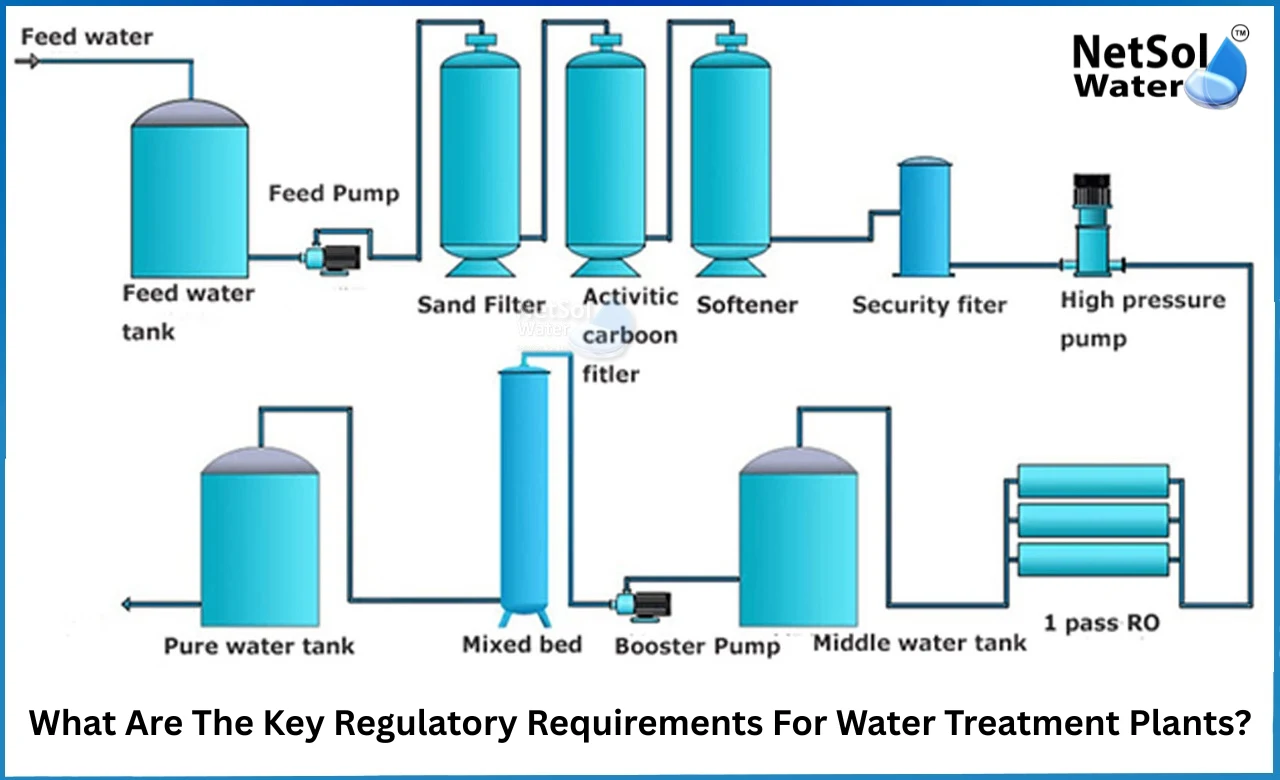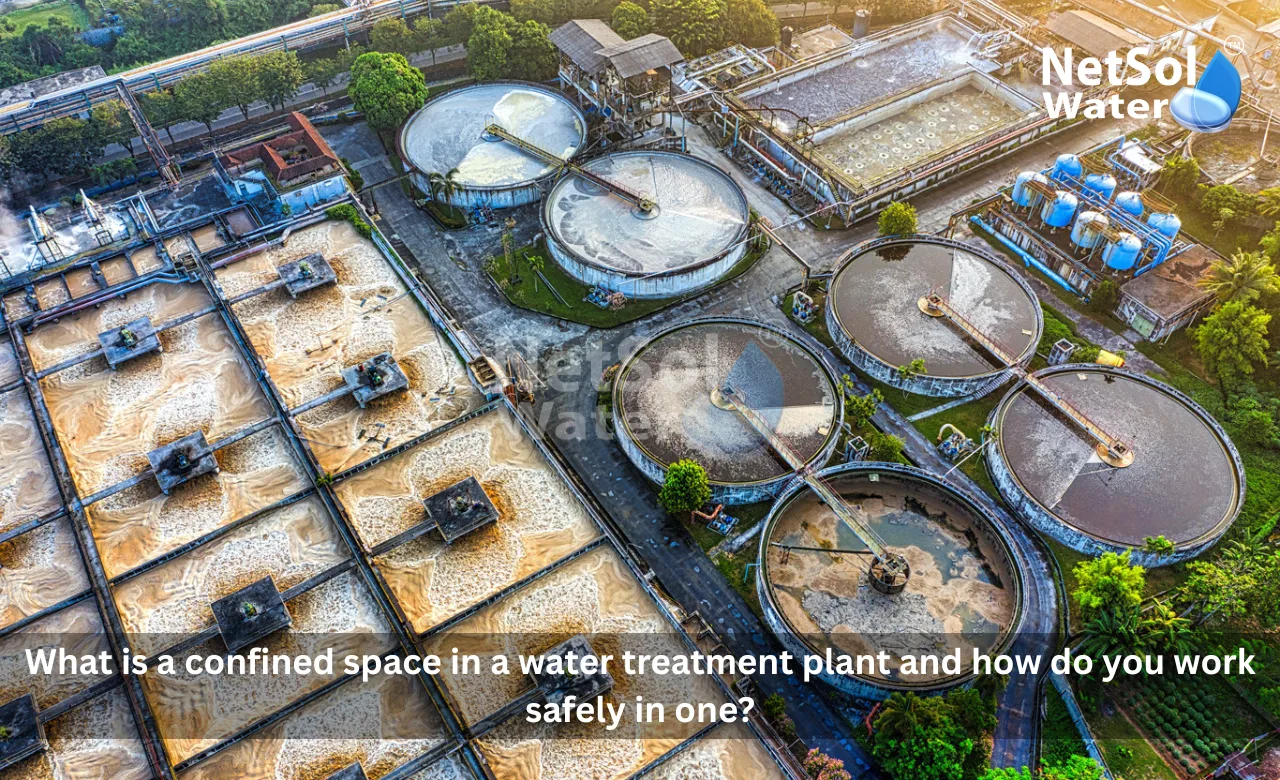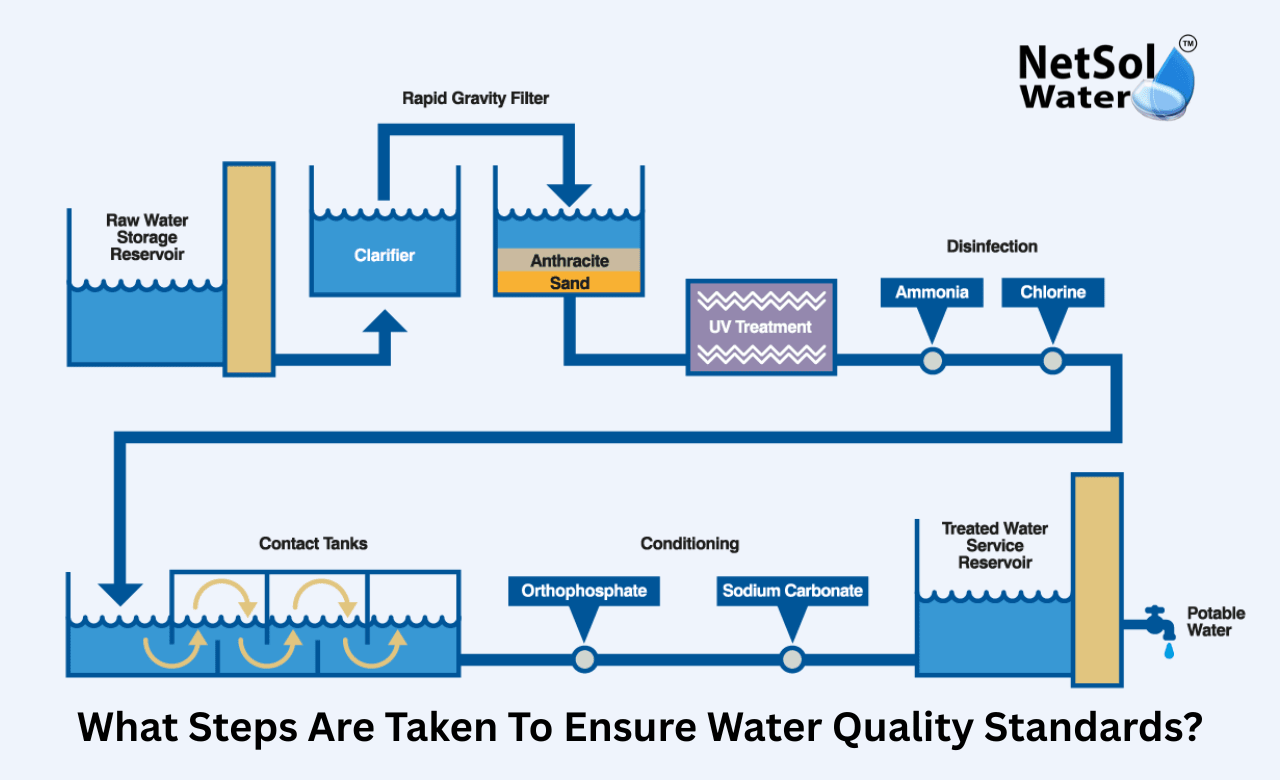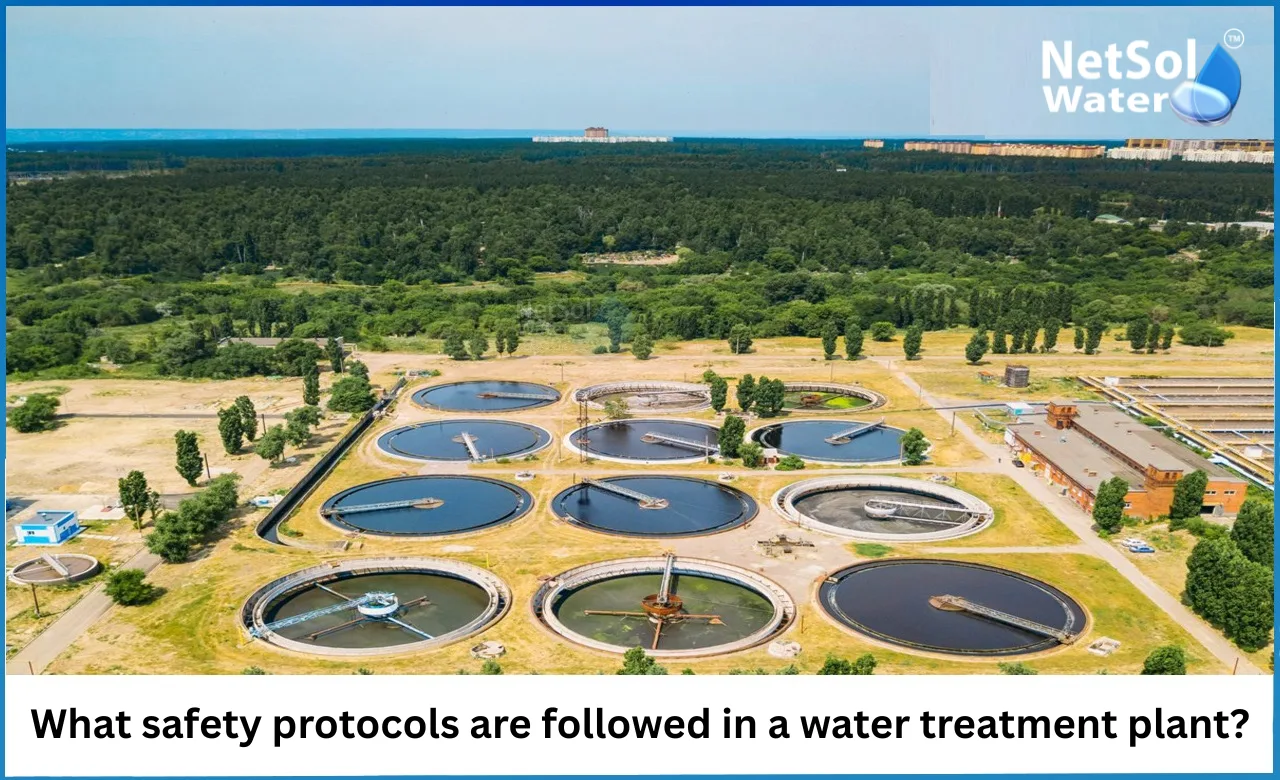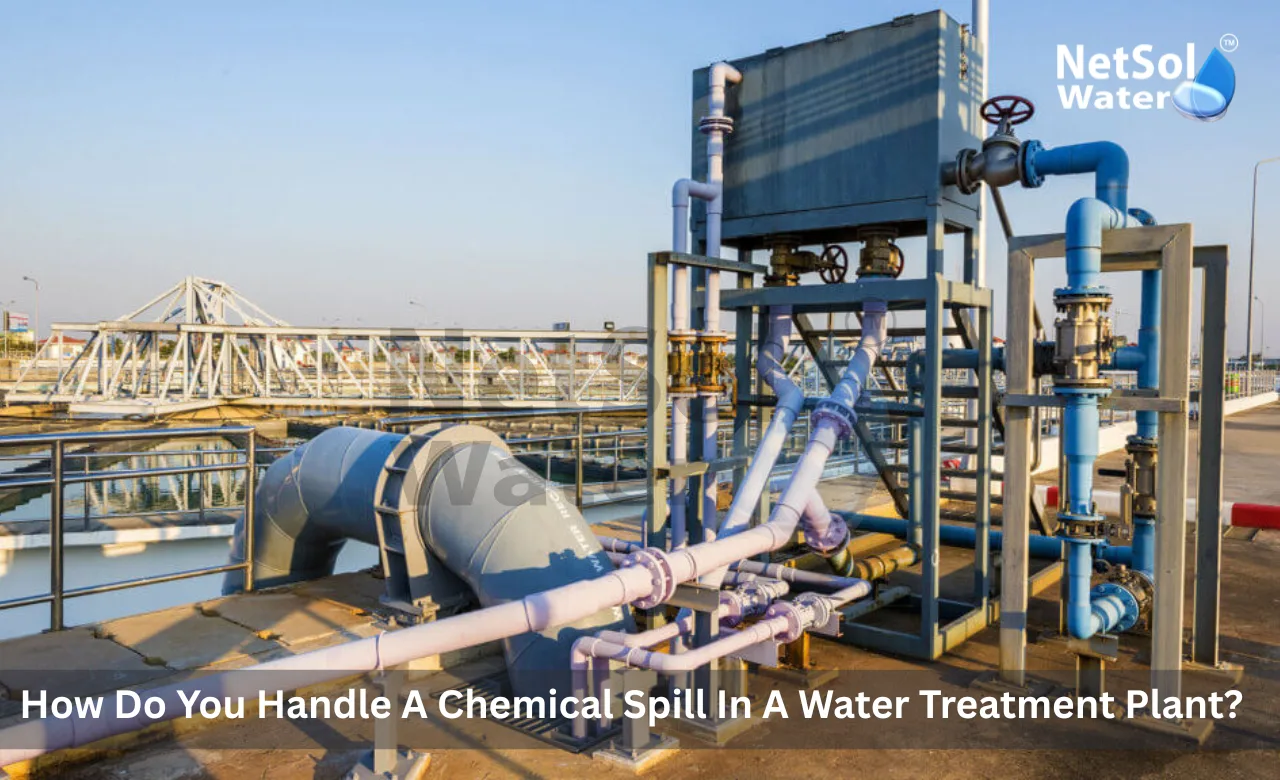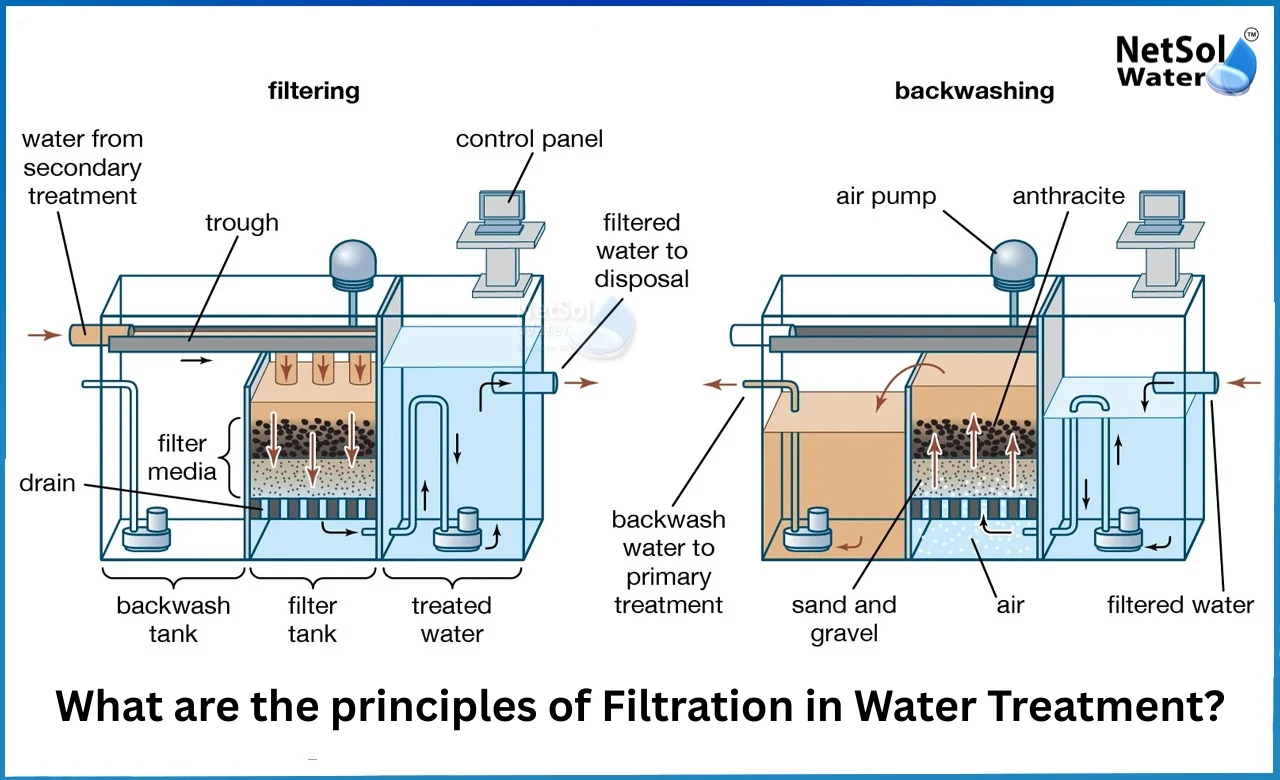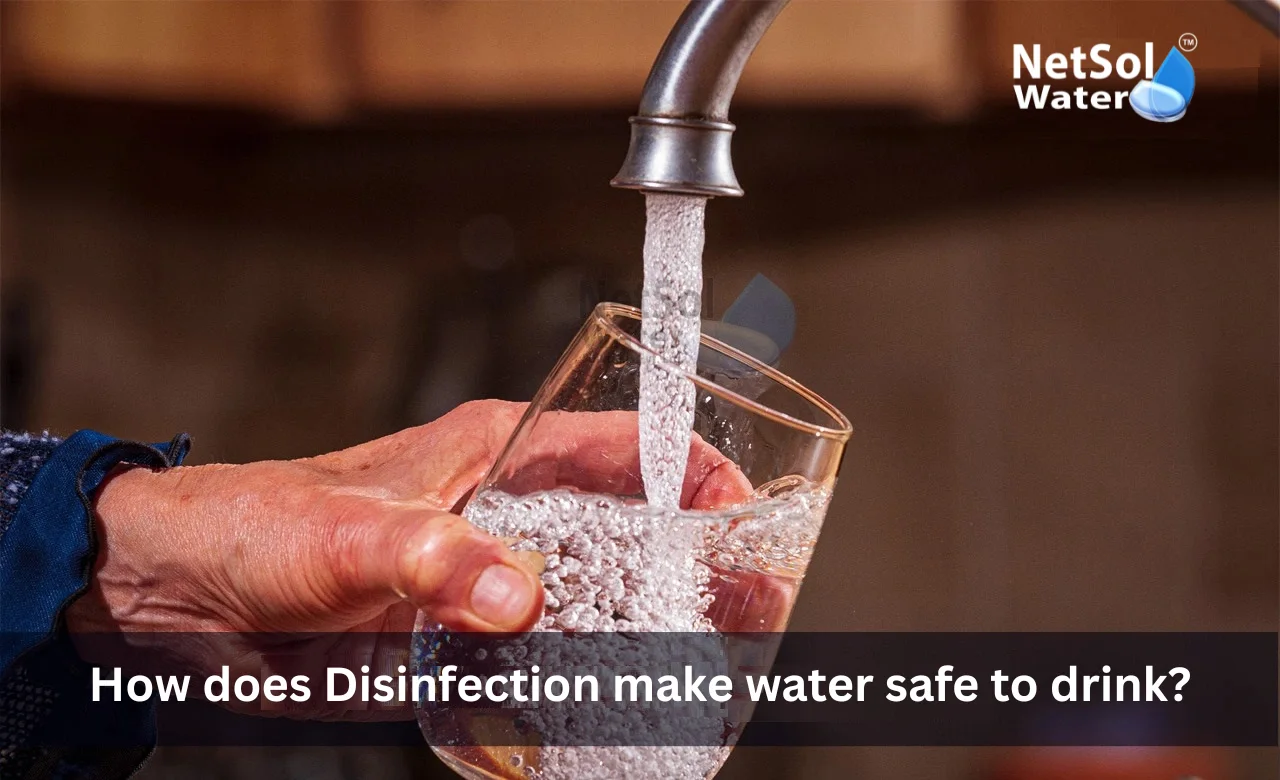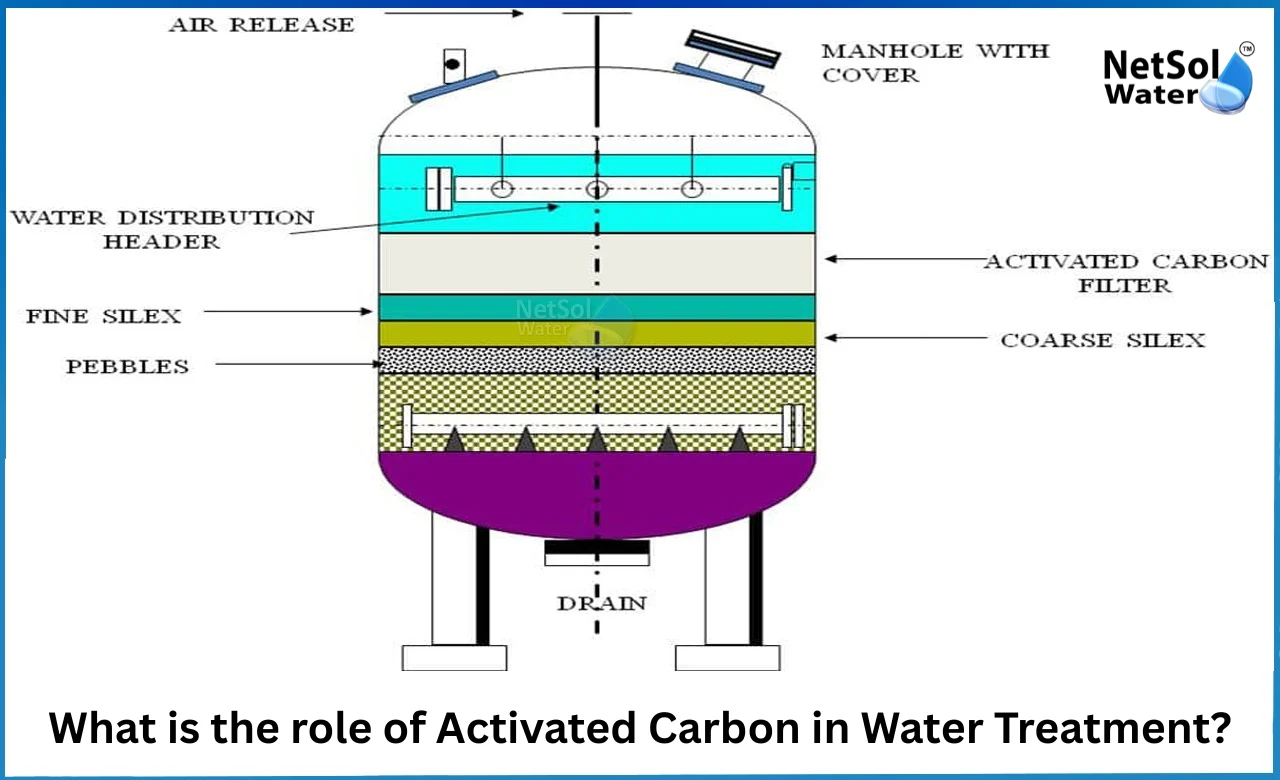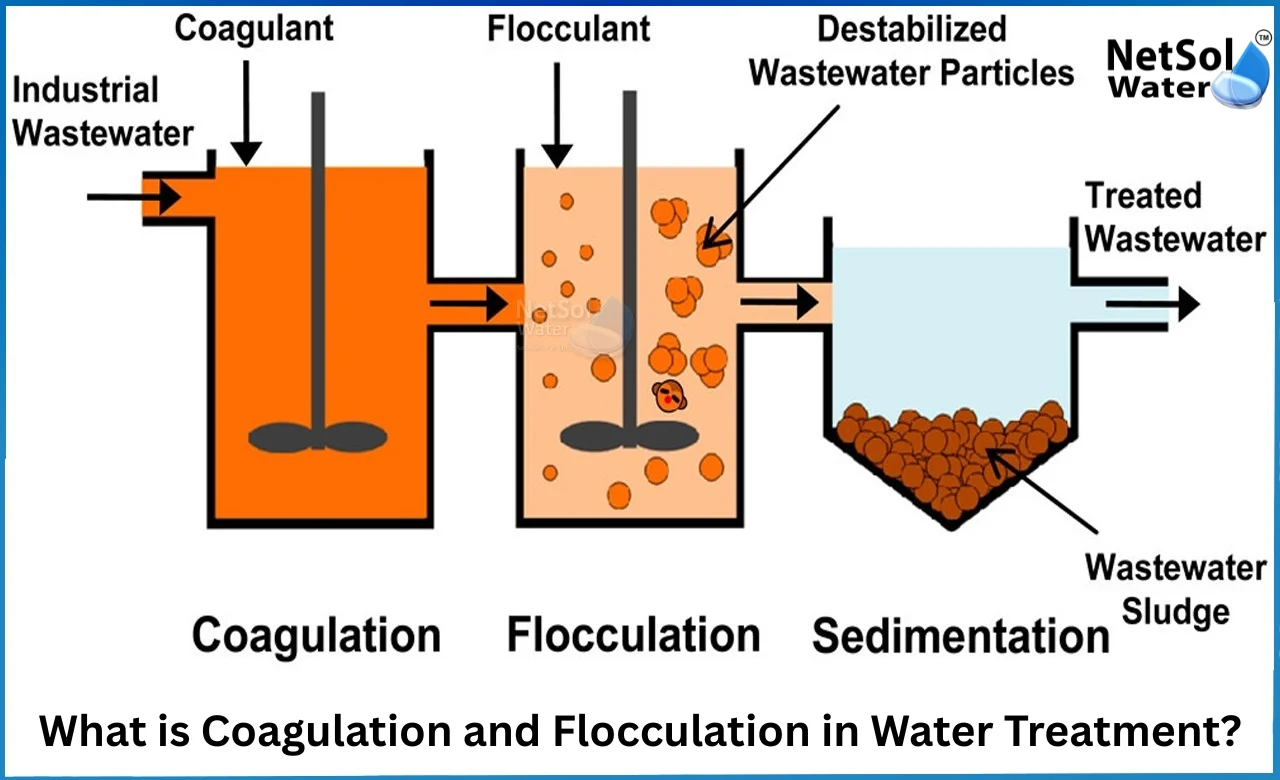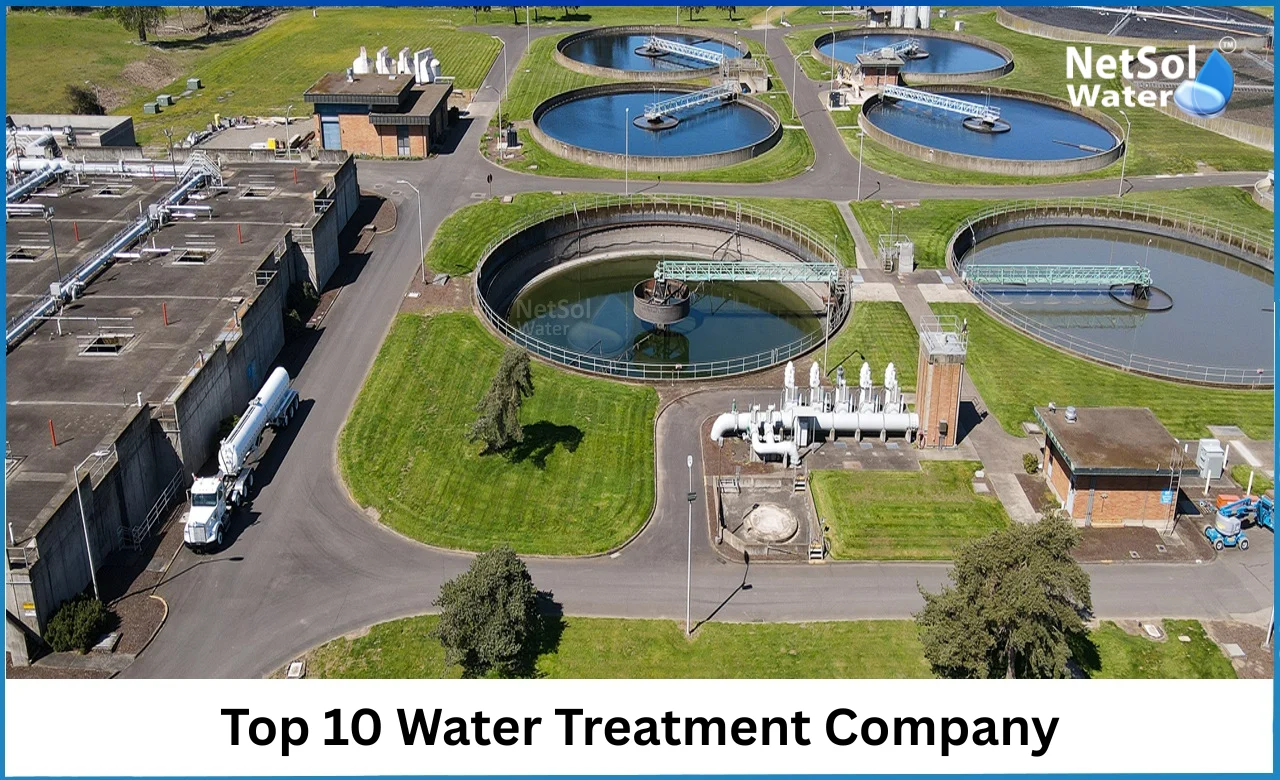What are the key regulatory requirements for water treatment plants?
A Water Treatment Plant must follow many rules to protect people and the environment. Netsol Water is the leading Water Treatment Plant Manufacturer and it knows how rules shape design and operation. Good regulation keeps water safe for drinking and for industry. It also controls what a plant can release into rivers and drains.
Permits Licensing and Environmental Standards
Proper permission keeps a plant within the law and prevents harm to public health and to natural resources. Let us have a look on some important requirements and how they shape plant design and discharge control.
Environmental Clearance and Discharge Permits
Environmental clearance and discharge permits set limits on what a plant can release into water bodies and into the air. Agencies assign these permits after they review the plant design and the treatment steps. A permit will state the allowed levels for substances such as suspended solids biological oxygen demand and specific chemicals. The plant must design treatment stages to meet these limits and then test final streams to show compliance. Engineers plan equalization tanks biological processes and final polishing steps to meet the permit levels. The permit also sets the frequency of sample collection and the reporting schedule so regulators can track performance. If a plant plans to expand or to change chemicals then the owner must update the permit and seek fresh approval. A plant that fails to meet discharge limits may face fines or orders to stop operations until it corrects the problem.
Water Use and Abstraction Licenses
A Water Treatment Plant must secure a license when it draws large volumes of raw water from surface sources or from wells. This license balances the needs of the plant with the needs of other users and with ecosystem health. Authorities check the source capacity and set limits on the daily and monthly withdrawal. The license may require monitoring of source levels and a plan to reduce use in dry months. Plant designers may add storage and reuse systems to reduce the volume taken from rivers or aquifers. The license can also require seasonal adjustments so that local users do not face shortages. Proper management of abstraction helps protect groundwater tables and river flows and keeps the plant in compliance with law.
Operational Compliance Monitoring and Safety Requirements
Operations that match regulation protect customers and staff and they prevent penalties. Let us have a look on some specific operational obligations and the systems that support them.
Monitoring and Reporting Water Quality
A Water Treatment Plant must monitor raw water process stages and treated water on a regular basis. The lab tests include microbiology chemical indicators and physical measures such as turbidity and pH. The plant must keep records of each test and send reports to the regulator at set intervals. Many authorities demand online sensors for key parameters so they can see performance in real time. Plants use data logs to show trends and to detect issues early. When tests show values outside the allowed range the plant must act and then file a corrective action report. The report explains what went wrong and what the plant changed to fix the issue. This record keeping proves the plant follows rules and helps maintain public trust.
Health and Safety Operational Protocols
Staff safety and emergency readiness form a core part of regulation for a Water Treatment Plant. The rules set training standards for operators and require clear procedures for chemical handling lockout of equipment and entry to confined spaces. The plant must maintain safety data sheets for all chemicals and must provide personal protective equipment to workers. Emergency plans for spills fire and major outages must exist and they must include contact lists and steps to protect nearby communities. Regular drills test the plans and show where the plant needs improvement. These measures protect staff and the public and they meet regulatory expectations for safe operation.
Conclusion
Plant owners should build clear plans for licensing for quality checks and for staff training to keep operations lawful and reliable. Netsol Water is the leading Water Treatment Plant Manufacturer and can assist teams with design compliance and with the documentation needed for permits. For more detail or for a consultation contact our experts and request guidance that fits your site and your needs.
Contact Netsol Water at:
Phone: +91-9650608473
Email: enquiry@netsolwater.com

